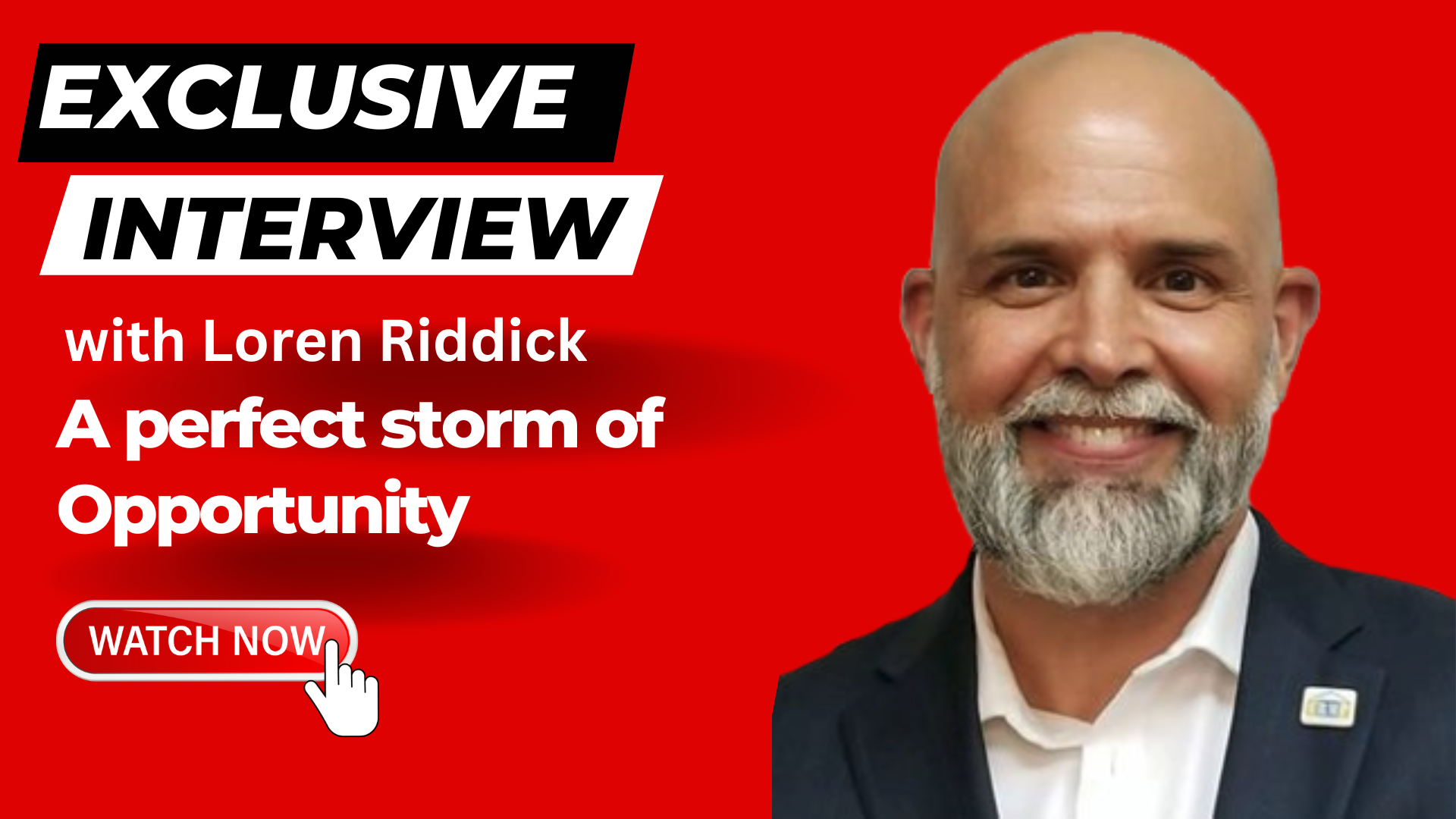Master the Art of Progress:
Harnessing the Power of the 1% Rule
What if you improved just one percent every day? Of what if you improved one percent each week? It could be improving your knowledge of the housing market, mortgage lending, reverse mortgage regulations, or a better understanding of the basic tenets that most financial advisors adhere to.
If you dedicated yourself to daily improvement you would be 37 times better in one year. Or so says the math. It’s an intriguing concept and one that certainly warrants our attention. However, we’re not money-earning compound interest- we’re people who sometimes have big leaps in our professional and personal development, and other days it seems like for every step we move forward we take two back.
But what if we committed ourselves to the mission of incremental and continuous improvement? If we did we would see remarkable growth which at a minimum would help soften the blow of the periodic big mistake or failure. At least when that happens we’re further ahead than we would have had we accepted the status quo.
So where do we begin? A piece of paper is a good place to start. Write down what you want to improve, what areas you want to see even more growth in, and lastly those areas where you just plain stink. It’s okay. I have plenty in the last category too.
Next, break it down. How would you pursue improvement? Is it reading, enrolling in online classes, or working with a mentor or trainer? Write it down.
Now it’s time to set some checkpoints. Write down which dates you’ll check on your progress. Add this to your calendar as well as the time blocks of the activities that come before. Note- that we’re not establishing goals, but activities in the areas we want to enhance.
Tiny gains become bigger gains. Small daily decisions lead to big outcomes. Remember what seems insignificant today may have big repercussions or outcomes in the future.
Sure, at some point you’ll realize this is the best I can do in this area. But that certainly beats a lack of growth or stagnation or even worse digression.
So what if you improved just one percent each week? Who knows- but you’ll find out if you try.
Share your thoughts in the comments below.
.












